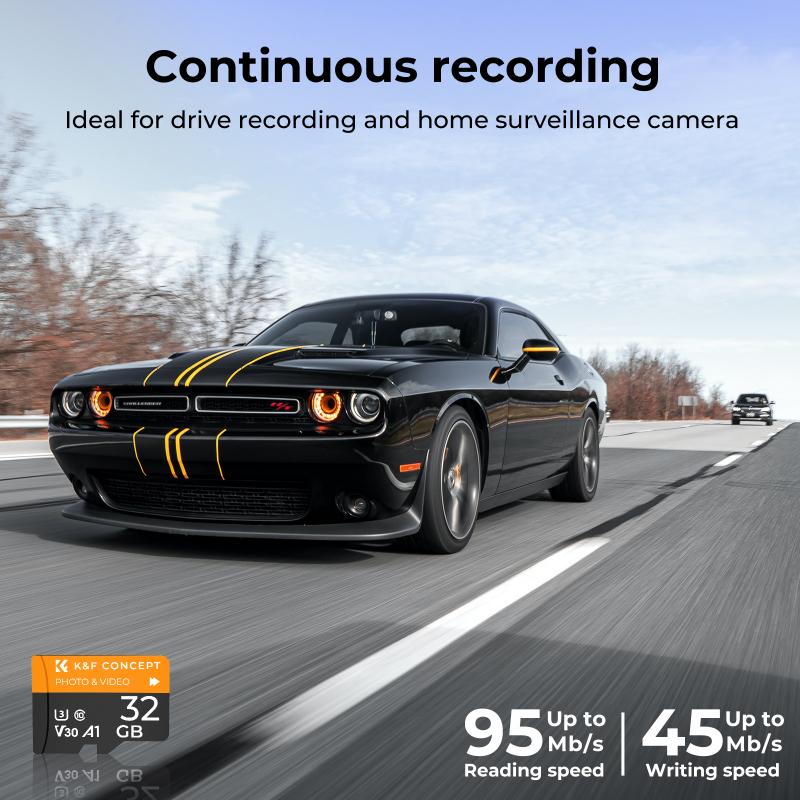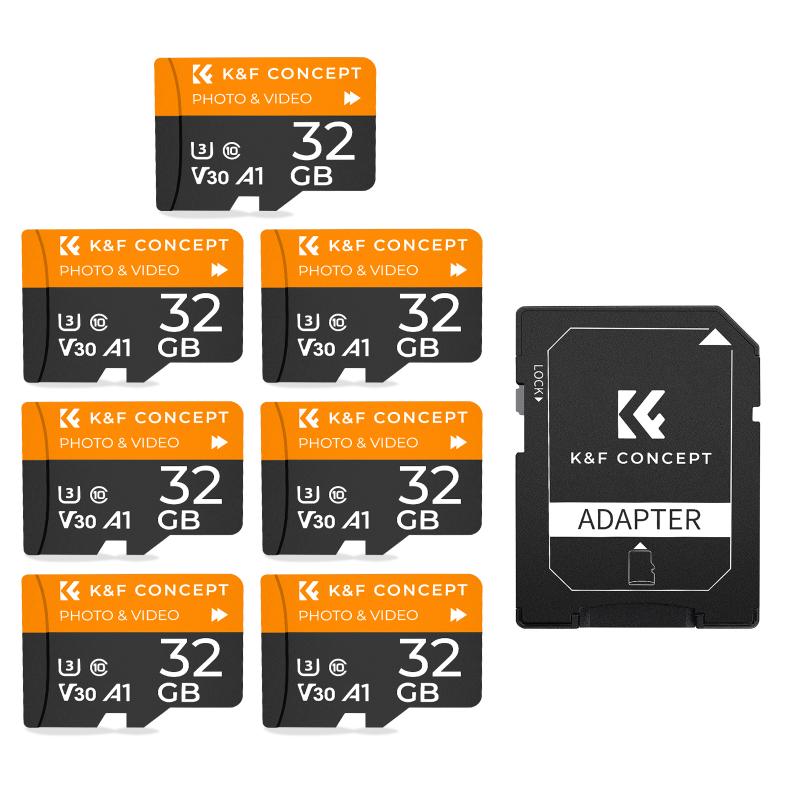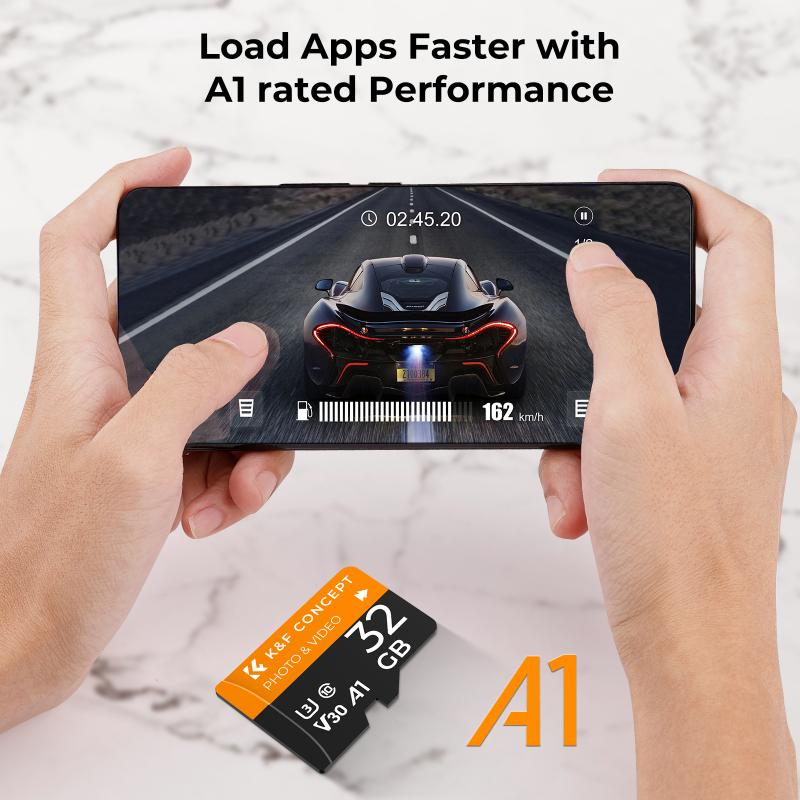How To Read An Sd Card?
Reading an SD card is a common task that many people encounter, whether they are transferring photos from a camera, accessing files on a smartphone, or using the card for additional storage on a computer. Despite its simplicity, there are several methods and tools available to read an SD card, each suited to different devices and user needs. This article will guide you through the various ways to read an SD card, troubleshoot common issues, and ensure that your data is safely accessed and managed.
Understanding SD Cards

Before diving into the methods of reading an SD card, it’s important to understand what an SD card is and the different types available. SD cards, or Secure Digital cards, are a type of non-volatile memory card used in portable devices. They come in various sizes and capacities, including:
1. Standard SD Cards: Typically up to 2GB in capacity.
2. SDHC (Secure Digital High Capacity): Ranging from 2GB to 32GB.
3. SDXC (Secure Digital Extended Capacity): Ranging from 32GB to 2TB.
4. MicroSD Cards: Smaller versions of SD cards, often used in smartphones and tablets.
Methods to Read an SD Card

1. Using a Built-in SD Card Slot

Many laptops and some desktop computers come with built-in SD card slots. This is the simplest method to read an SD card:
1. Insert the SD Card: Gently insert the SD card into the slot. Ensure it is oriented correctly to avoid damage.
2. Access the Card: Open your file explorer (Windows) or Finder (Mac) to access the SD card. It should appear as a removable drive.
3. Transfer Files: You can now copy, move, or delete files as needed.
2. Using an External Card Reader

If your computer does not have a built-in SD card slot, an external card reader is a reliable alternative. These devices connect via USB and can read various types of memory cards:
1. Connect the Card Reader: Plug the card reader into an available USB port on your computer.
2. Insert the SD Card: Place the SD card into the appropriate slot on the card reader.
3. Access the Card: Open your file explorer or Finder to access the SD card.
3. Using a Smartphone or Tablet
Many modern smartphones and tablets support SD cards, especially Android devices. Here’s how to read an SD card on these devices:
1. Insert the SD Card: Insert the SD card into the device’s SD card slot. You may need to use a SIM card removal tool to access the slot.
2. Access the Files: Use a file manager app to navigate to the SD card. Most devices will automatically detect the card and prompt you to explore its contents.
3. Transfer Files: You can move files between the SD card and your device’s internal storage.
4. Using a Camera
If your SD card is primarily used in a camera, you can often read the card directly from the camera:
1. Connect the Camera: Use a USB cable to connect the camera to your computer.
2. Access the Card: Turn on the camera and set it to the appropriate mode (usually “PC” or “Mass Storage”). The SD card should appear as a removable drive on your computer.
3. Transfer Files: You can now transfer files between the camera and your computer.
Troubleshooting Common Issues
Despite the simplicity of reading an SD card, you may encounter some issues. Here are common problems and their solutions:
1. SD Card Not Recognized
If your SD card is not recognized by your device, try the following steps:
1. Check the Connection: Ensure the card is properly inserted and the card reader or slot is functioning.
2. Try Another Device: Test the SD card in another device to rule out a faulty card reader.
3. Update Drivers: Ensure your computer’s drivers are up to date. This is particularly important for external card readers.
4. Format the Card: If the card is still not recognized, it may need to be formatted. Be aware that formatting will erase all data on the card.
2. Corrupted Files
If files on your SD card appear corrupted, consider these solutions:
1. Use Recovery Software: There are various software tools available that can recover corrupted files from an SD card.
2. Check for Viruses: Run a virus scan to ensure the card is not infected with malware.
3. Backup Regularly: Regularly back up your SD card to prevent data loss.
3. Slow Transfer Speeds
If you experience slow transfer speeds, try these tips:
1. Use a High-Quality Card Reader: Some card readers are faster than others. Investing in a high-quality reader can improve speeds.
2. Check the Card’s Speed Class: SD cards have different speed classes (e.g., Class 4, Class 10, UHS-I). Ensure you are using a card that meets your speed requirements.
3. Close Other Programs: Running multiple programs can slow down your computer and affect transfer speeds.
Best Practices for SD Card Usage
To ensure the longevity and reliability of your SD card, follow these best practices:
1. Handle with Care: SD cards are delicate. Avoid bending or dropping them.
2. Eject Properly: Always eject the SD card properly before removing it from your device to prevent data corruption.
3. Keep Clean: Keep the card and its contacts clean. Dust and debris can cause connection issues.
4. Store Safely: Store SD cards in a protective case when not in use to prevent physical damage.
Reading an SD card is a straightforward process, but it’s important to use the right method and tools for your specific needs. Whether you’re using a built-in card slot, an external reader, a smartphone, or a camera, following the steps outlined in this article will help you access your data efficiently and safely. By troubleshooting common issues and adhering to best practices, you can ensure that your SD card remains a reliable storage solution for years to come.

There are no comments for this blog.